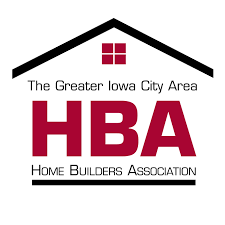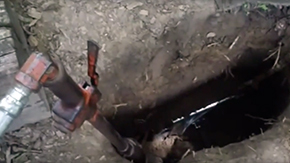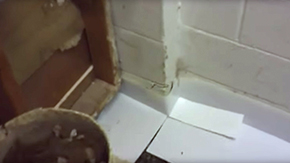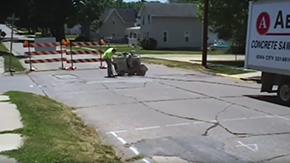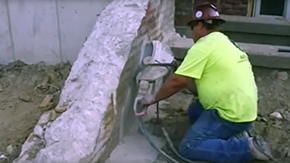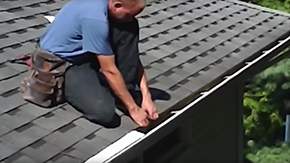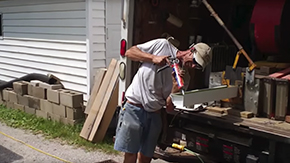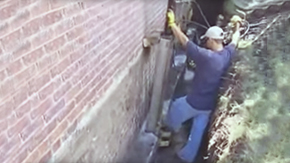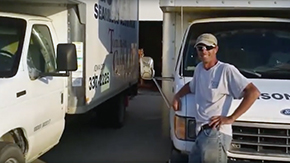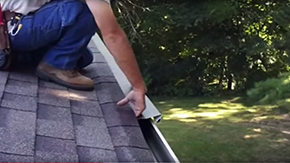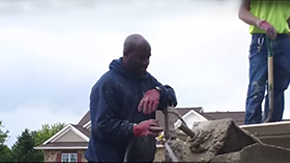Foundation Repair Cedar Falls
Caring for the Foundation of Your Property's Structure
Settling is natural as your home ages which means that you may experience problems with the foundation. The primary function of the foundation is to transfer the weight of your home’s structure to the underlying rocks and soil; unfortunately, this may also lead to cracks in the foundation. Extreme settlement can devalue the structure as well as cause the building to be unsafe. It is important to note that a professional contractor should be contacted to address damages to the foundation. So, how do you know when it’s time to consider having the foundation repaired? Here are some signs of foundation issues and the dos and don’ts when it comes to addressing these problems.
Foundational Assessments
It is essential that you routinely walk the perimeter of your home and check the foundation. Even though you can’t always see any noticeable damages on the exterior of the foundation, it doesn’t mean the damage hasn’t occurred. Some things to be aware of that indicate the foundation needs repair include:
Drywall Cracking Complications
If you are noticing hairline cracks in the drywall, especially in the area between the ceiling and the top of the wall, it is a sure sign that the foundation is shifting. It is common to mistake these cracks as a problem resulting from the drywall, but in most cases, it is due to the foundation, so you should have the foundation inspected and repaired as soon as possible.
Door and Window Complications
It is common for the doors and windows to stick when the humidity is high or if they haven’t been moved for a while. However, if the humidity or age isn’t to blame for sticking windows and doors, it’s most likely a problem with the foundation. Foundation problems don’t just affect the windows and entry doors - if you are noticing problems with the cabinet doors sticking or not staying closed, it may be due to the foundation. The sooner you have the problem checked out, the quicker and less expensive it will be to make repairs before further problems arise.
Floor Complications
If your child’s toys roll across the floor without being pushed, it generally means the floors are uneven. Although this can be the result of aging wood, it may also be a sign of a foundation problem. Tile floors can be significantly affected by foundation issues, so always check for any bumpy or cracking areas. Another thing you may also notice in the floor is creaking, which may be caused by uneven floorboards. It’s best to have both the foundation and the floor inspected to determine what is causing the issues.
Roof Complications
Not many people would think that the roof could have issues that are directly related to their home’s foundation, but if you notice things, such as the fireplace slightly leaning or bricks cracking, it could mean the foundation is shifting. When the fireplace is affected by the foundation, it results in problems with the chimney, which ultimately affect the roofing system. Other places to check on the roof for potential problems with the foundation include the flashing around roof penetrations and the bracing used for satellite dishes. If either of these items has come loose or has gaps, it could be due to the foundation shifting.
Leak Complications
If you have water in the basement, there are most likely cracks in the walls. Any cracks, regardless of the size, must be repaired as soon as possible. The longer the water is allowed to penetrate into the walls, the greater the risk of the foundation crumbling and possibly collapsing. It is best to not attempt to repair cracks on your own. Using inexpensive materials such as caulking will only mask the problem. Although you may not see the water seeping through, it will continue to penetrate the concrete and damage the walls from the inside-out. Contact a foundation repair company as soon as you notice any signs of cracks in the foundation of your home.
Age Complications
One of the most frequent causes of foundation problems is aging. In older homes, stones and bricks that were used in building the basement walls were generally installed using mortar, which may eventually break down and cause older walls to sag and leak. If the brick or stone walls are structurally sound, foundation repairs will be relatively simple using a technique known as tuck-pointing. This method requires the contractor to remove the damaged mortar and replace it with new. If this is an issue on load-bearing parts of the walls, crumbling and sagging can lead to serious foundation repairs that must be done as soon as possible by a professional foundation repair company.
Remember These Important Foundation Items
Age and Mother Nature can often create serious problems for homeowners, especially when it comes to their home’s foundation. The signs of foundation issues may be obvious, such as water in the basement, cracks in the walls or uneven, sagging floors, but the important thing to keep in mind is that the foundation is what is holding your home up and above the ground, so it is imperative that it is maintained accordingly. Here are some dos and don’ts to keep in mind when it comes to the foundation of your home:
Things to Do
- Do examine your home on a regular basis. Routine inspections will allow you to identify potential problems with the foundation before they become extreme. It is especially important to look for signs of settling, movement, or sinking.
- Do call a professional foundation repair company if you believe there are any problems with the foundation, especially if the movement is greater than 2-inches and it appears to get worse each year.
- Do check for indications of a problem with the gutter system, which can funnel the water back towards the foundation. Also, check for possible indications that groundwater may be flowing toward the foundation as a result of a downward grade.
- Do remove small trees, shrubs, and any plants away from close proximity of the foundation. It is typically recommended that plants and shrubs be a minimum of 8 feet away from the foundation to prevent the moisture from landscaping from seeping into the walls of the foundation.
- Do make sure that concrete driveways and walkways slope away from the foundation. If you do notice sloping toward the foundation, you should have the problem corrected as soon as possible.
- Do contact a professional foundation repair company immediately if you notice bowing or major cracks in the foundation walls. Major cracks, those that are 3-inches wide or larger and bowing that exceeds 1-1.5 inches vertically, should be addressed immediately.
Things Not to Do
- Don’t assume that you won’t have a problem because of the newness of your home’s construction. Sometimes even homes that have been constructed solidly in the earth may suddenly sink or shift as a result of drought or other deep soil issues.
- Don’t allow the structure to settle more and more each year. This can become a serious problem and will result in additional expenses.
- Don’t attempt to make foundation repairs on your own. If the situation is not properly repaired, it can result in significantly more severe and most costly repairs and it can be dangerous for those without experience to attempt certain type’s foundation repairs.
The most important thing to remember when it comes to the foundation of your home is that routine inspections are critical. The sooner you notice a potential problem, the quicker it can be repaired and the less risk there will be of more serious damage occurring.
Contact Tomlinson Cannon to schedule an inspection of your foundation and a consultation to help determine the best method of foundation repairs for your home.


